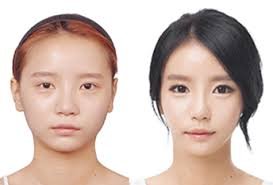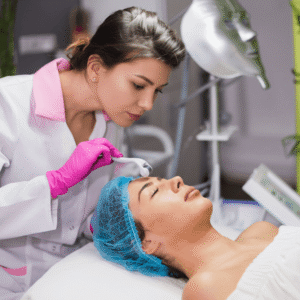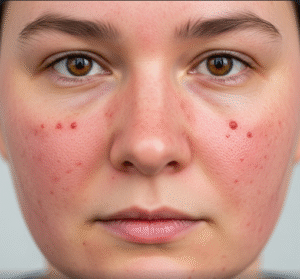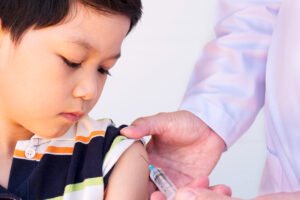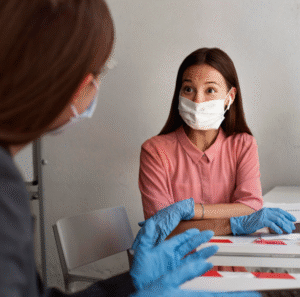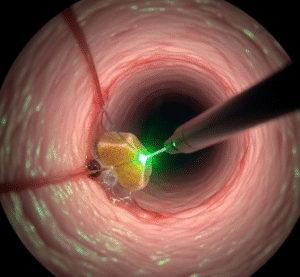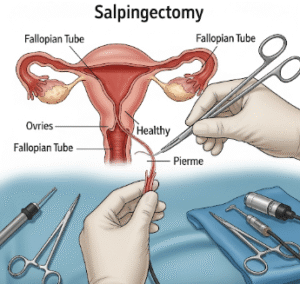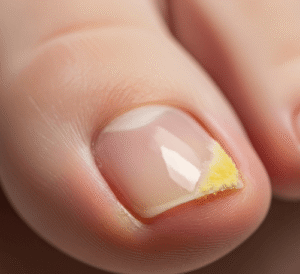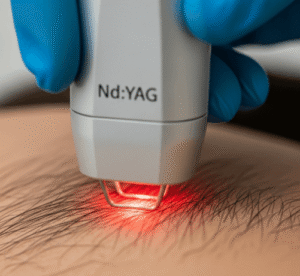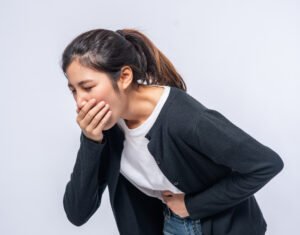Overview
A deviated septum is a condition where the nasal septum, the cartilage and bone dividing the nasal cavity, is displaced to one side. In Korea, it is a common ENT (ear, nose, throat) concern, and patients often seek evaluation for nasal obstruction, breathing difficulties, or chronic sinus infections. ENT specialists provide both medical and surgical solutions.
What is a Deviated Septum?
A deviated septum occurs when the nasal septum is significantly off-center, causing airflow obstruction. It can be congenital or result from trauma. Symptoms vary from mild to severe and may impact sleep, sinus function, and quality of life.
Symptoms
- Nasal congestion, often worse on one side
- Difficulty breathing through the nose
- Frequent sinus infections
- Nosebleeds (epistaxis)
- Snoring or sleep disturbances
- Facial pain or headaches
- Noisy breathing during sleep
Causes
- Congenital: present at birth due to developmental factors
- Trauma: nasal injury from accidents or sports
- Age-related changes in nasal cartilage and bone
- Post-surgical changes in the nose
Risk Factors
- History of nasal injury or trauma
- Congenital nasal structural abnormalities
- Chronic sinus or nasal infections
- Allergies that cause frequent nasal inflammation
Complications
- Chronic nasal obstruction and difficulty breathing
- Recurrent sinus infections
- Sleep disturbances, including obstructive sleep apnea
- Nosebleeds or chronic irritation
- Reduced quality of life due to impaired nasal function
Prevention
- Avoid nasal trauma (sports protective gear)
- Early evaluation after nasal injury
- Manage allergies and sinus inflammation
- Prompt ENT consultation if persistent nasal obstruction occurs
Treatment Options in Korea
- Diagnosis
- Physical examination and nasal endoscopy
- Imaging (CT scan) to assess septal deviation and sinus involvement
- Medical Treatments
- Nasal corticosteroid sprays to reduce inflammation
- Saline nasal irrigation to relieve congestion
- Decongestants or antihistamines for symptomatic relief
- Surgical Treatments
- Septoplasty to correct the deviated septum
- Combined rhinoplasty for cosmetic concerns if needed
- Endoscopic sinus surgery if sinusitis is associated
- Rehabilitation & Support
- Post-surgery nasal care (saline sprays, avoiding trauma)
- Follow-up endoscopic examination to ensure proper healing
- Breathing exercises to improve nasal airflow

